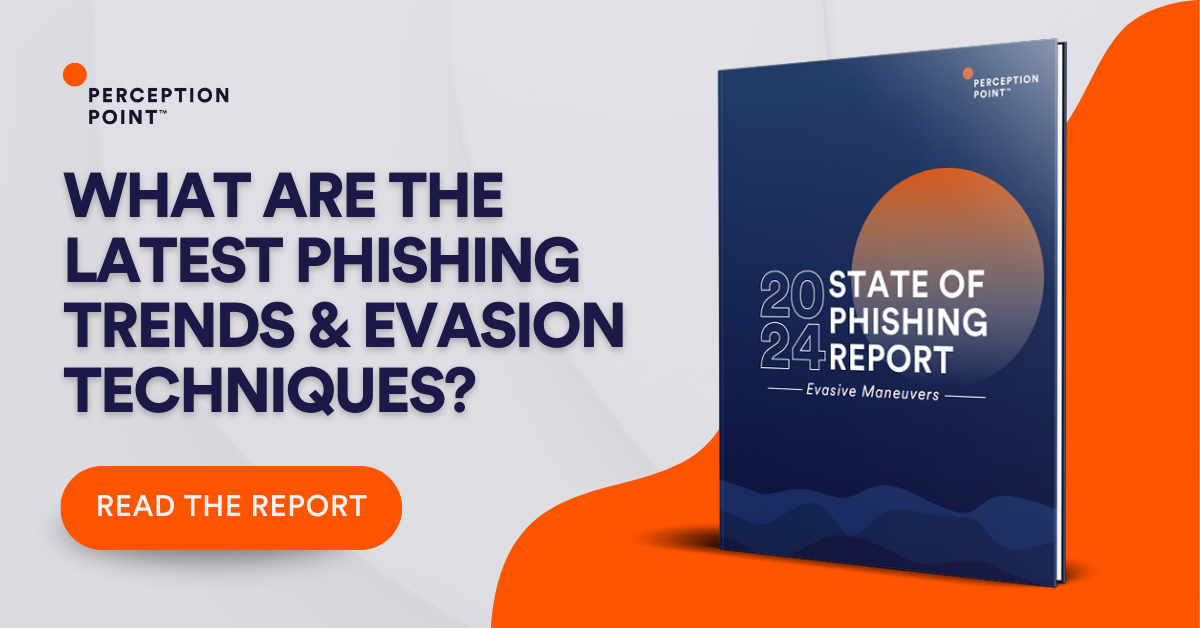Among the myriad of questions I encounter, one frequently stands out: “Why is browser-level phishing detection necessary when we already have existing security controls like Secure Web Gateways (SWGs) and traditional Secure Email Gateways (SEGs)?”
The Evolution of Phishing Attacks
Traditional security gateways have undoubtedly played a crucial role in safeguarding against various cyber threats. However, cybercriminals are constantly adapting and developing more sophisticated methods to bypass standard defenses. One particularly insidious strategy involves delivering malicious content that only activates within the user’s browser, effectively remaining undetected by conventional security measures.
A Closer Look: The Browser-Level Phishing Attack
Let’s delve into an example to illustrate this evolving threat, as depicted in the image below:
- Initial Contact: The attacker sends a URL via email and a PIN code via text message. The email appears legitimate, often with a subject line like “Urgent document pending,” prompting the user to click on a provided link and enter the received PIN to unlock the document.
- Opening the URL: The user opens the URL in their browser. Because the page is encrypted with the PIN, SWGs consider it clean and allow access without flagging any issues.
- PIN Entry and Decryption: Upon entering the PIN code, the JavaScript code embedded in the webpage decrypts the phishing content on the client side. This step is critical as it bypasses the traditional detection mechanisms by only exposing the malicious content after the user entered the PIN code.
- Credential Theft: Finally, the phishing form appears, requesting sensitive information such as email credentials. The user’s credentials are then harvested by the attacker, all without the security gateway ever detecting the malicious activity.
The Limitations of Traditional Gateways
Traditional SWGs and SEGs are designed to inspect and filter out threats based on known patterns and signatures.
They excel at blocking known malicious URLs, filtering spam, and preventing known malware from reaching the user’s inbox or device.
However, they fall short in scenarios where the malicious content is cloaked and only revealed dynamically within the browser such as in the example above.
The Necessity for Browser-Level Detection
This example underscores a critical gap in cybersecurity defenses: the need for dynamic, browser-level detection of phishing and malware content. Here’s why browser-level detection is indispensable:
- Real-Time Threat Identification: Browser-level detection operates in real-time and in an ongoing way, analyzing any web content as it is decrypted and rendered within the user’s browser. This allows for immediate identification and blocking of malicious activity before any harm can be done.
- Contextual Analysis: By operating at the browser level, this form of detection can leverage contextual information such as user interactions, script behaviors, and DOM manipulations to identify suspicious activities that traditional gateways might miss.
- Protection Against Advanced Threats: Advanced phishing attacks, like the one illustrated, rely on dynamic content delivery and user interaction. Browser-level detection is uniquely positioned to counter these threats by monitoring and analyzing these behaviors as they occur. Browser-level security solutions have “infinite patience” and can wait until some malicious content appears, regardless of the cloaking/evasion technique.
Conclusion
With cybercriminals constantly trying to outmaneuver cybersecurity defenses, organizations cannot afford to solely rely on traditional security measures like SWGs and SEGs. The evolving nature of phishing attacks demands an additional layer of security—one that operates at the browser level to detect and neutralize threats in real-time.
Investing in browser-level phishing detection not only enhances overall cybersecurity posture but also provides peace of mind knowing that your defenses are equipped to handle the latest, most advanced threats. As attackers continue to innovate, so too must our defenses. Browser-level detection represents a crucial step forward in the ongoing battle against cybercrime.
























